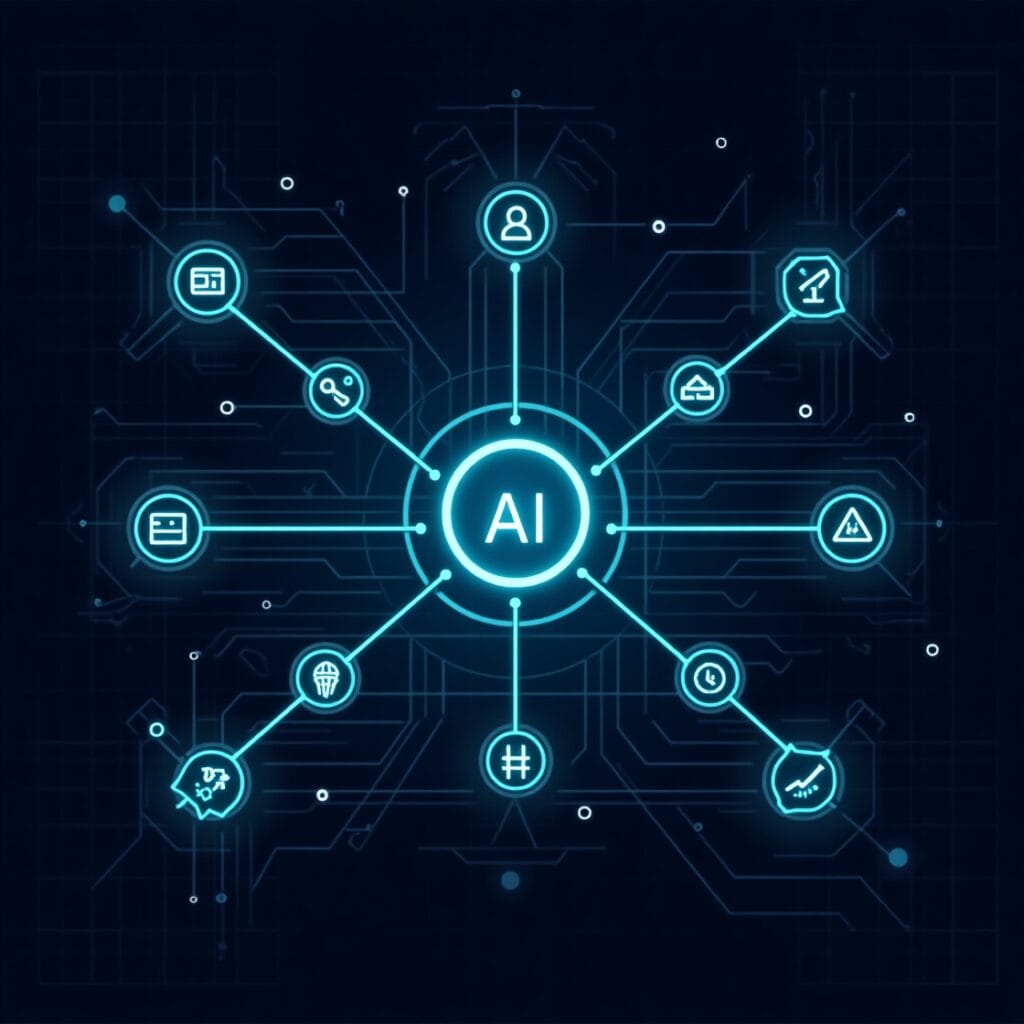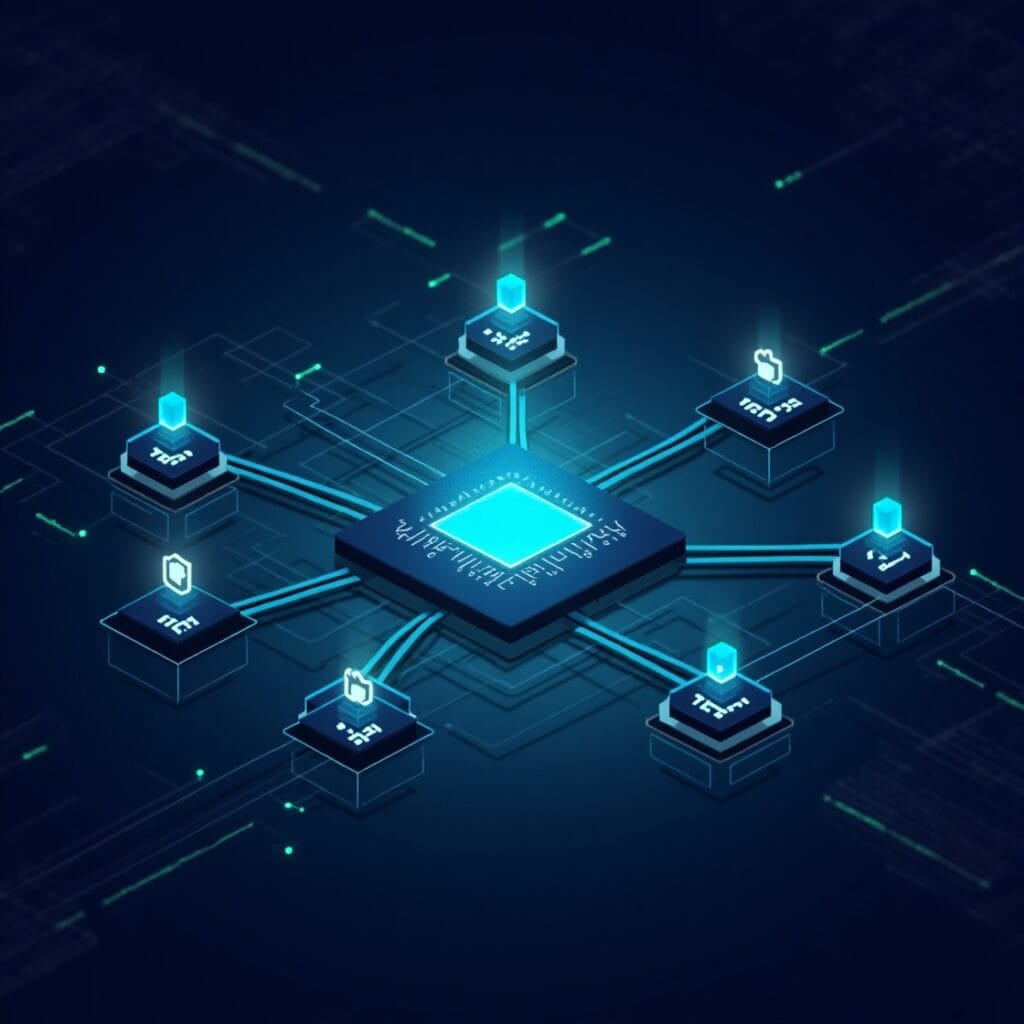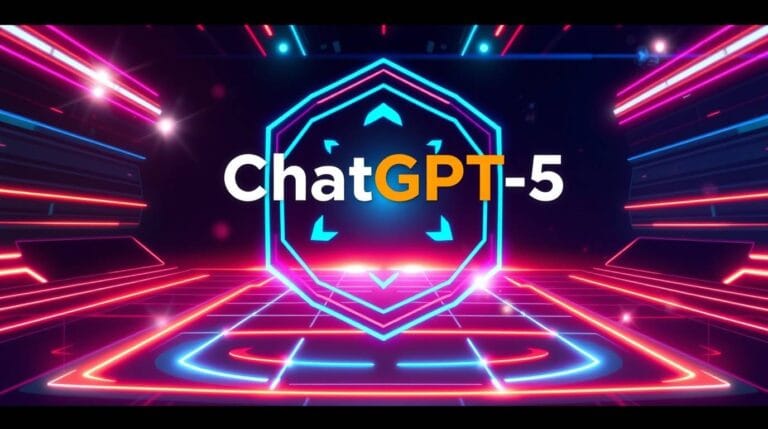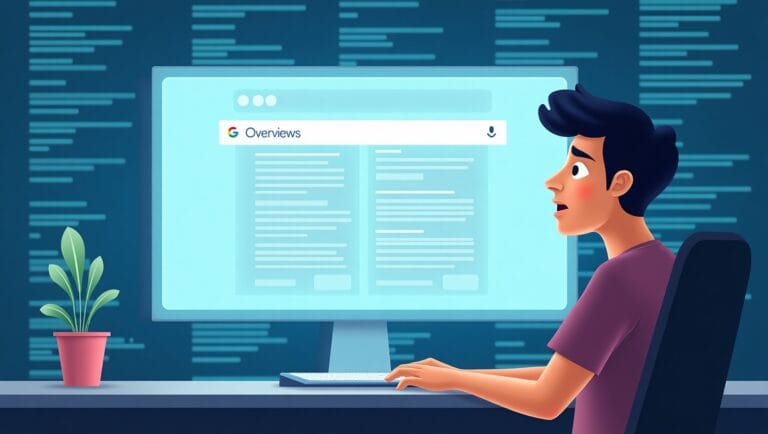🤖 Introduction: The Next Level of AI Agents
AI agents are evolving from simple, single-task bots into sophisticated multi-agent systems capable of handling complex, multi-step tasks. But how do we coordinate multiple agents in a scalable and intelligent way?
The answer lies in graph-based AI agent frameworks—systems where agents are treated as modular nodes in a graph, each specializing in a subtask and communicating with one another based on data flow, context, or logic.
In this post, we’ll explore how to build a multi-node graph-based AI agent framework for automating complex workflows—from research pipelines to business process automation.
🧠 What is a Multi-Node Graph-Based AI Agent Framework?
A multi-node framework structures multiple autonomous agents (nodes) into a graph, where:
- Each node is an independent AI agent with a defined capability (e.g., text generation, web scraping, decision-making).
- Nodes are connected through edges representing communication, data dependencies, or conditional logic.
- The system behaves like a pipeline or a brain, where tasks flow from node to node until completion.
This modular and scalable structure is ideal for multi-step, logic-heavy workflows, like:
- Market research automation
- Business decision engines
- Academic research assistants
- Coding assistants with testing, debugging, and deployment steps

⚙️ Framework Architecture Overview
Here’s a simplified architecture for a graph-based AI agent system:
[Goal Input]
|
v
[Planner Node] ---> [Knowledge Node]
| |
v v
[Task Splitter] [Memory Manager]
| |
v v
[Executor Node] ---> [Verifier Node] ---> [Output]
Main Components:
| Component | Function |
|---|---|
| Planner Node | Understands the user goal and creates a high-level plan. |
| Task Splitter | Breaks down the plan into atomic tasks. |
| Executor Node | Uses LLMs or APIs to complete tasks. |
| Memory Manager | Stores and retrieves past knowledge/context. |
| Verifier Node | Evaluates and validates output. |
| Knowledge Node | Performs web search, vector search, or DB queries. |
🛠️ Tools and Technologies You Can Use
To build such a system, here are the technologies often used:
- Python + LangChain – For chaining tasks and agents
- Graph libraries –
networkx,DGL, or custom DAG frameworks - Vector DBs – Pinecone, Chroma, Weaviate for memory
- LLMs – OpenAI GPT-4, Claude, Mistral, or open-source models like LLaMA
- Orchestration – FastAPI for the agent server, Celery for async tasks
- UI – Streamlit or custom dashboard to visualize the graph in real-time
🧪 Example: Automating Research with Graph-Based Agents
Let’s say you want to build a “Research Assistant” AI that:
- Accepts a topic
- Gathers data from the web
- Summarizes and extracts insights
- Cross-verifies facts
- Generates a PDF report

Breakdown:
| Node | Responsibility |
|---|---|
| 🧭 Planner | Interpret user query: “Research on quantum computing” |
| 🔍 Web Crawler Agent | Search top 10 articles |
| 🧠 Summarizer Agent | Summarize key points from each article |
| 📊 Insight Extractor | Identify trends, breakthroughs, and gaps |
| ✅ Verifier Agent | Cross-check claims from other sources |
| 📄 Report Generator | Compile into a structured PDF |
Each of these nodes can run independently, communicate via message queues (like RabbitMQ or Redis), and share memory through a vector database.
🔄 Benefits of a Graph-Based Approach
✅ Modular Design
Agents can be built, tested, and deployed independently.
🔄 Reusability
Nodes like summarizers or verifiers can be reused across different workflows.
📈 Scalability
Parallel node execution improves performance and scalability.
🧠 Memory Efficiency
Central memory manager ensures long-term context and learning.
🔍 Debuggability
Easy to trace where in the graph a task failed or got stuck.
🧠 Challenges and How to Solve Them
| Challenge | Solution |
|---|---|
| Agent coordination | Use a task queue or orchestrator like LangChain Expression Language (LCEL) |
| Task failures | Add retry logic and fallback agents |
| Loop prevention | Track visited nodes and limit recursion |
| Long memory handling | Use vector stores and summarization checkpoints |
| Cost of LLMs | Cache frequent outputs and use hybrid open-source models |
🔮 Future Possibilities
Graph-based multi-agent systems could evolve into AI Operating Systems, capable of running entire businesses, apps, or research labs autonomously. Imagine:
- An AI that builds software, tests it, and deploys it
- A research team of agents that read 1000s of papers daily
- Autonomous content studios producing daily content and SEO reports
We’re just scratching the surface.
✅ Final Thoughts
Building a multi-node graph-based AI agent framework gives you more power, control, and scalability than traditional single-agent approaches. Whether you’re automating a content pipeline or building a full AI startup, this architecture will serve as the foundation of complex, intelligent task execution.
👉 Ready to build? Start small, scale smart, and let your agents do the heavy lifting.







